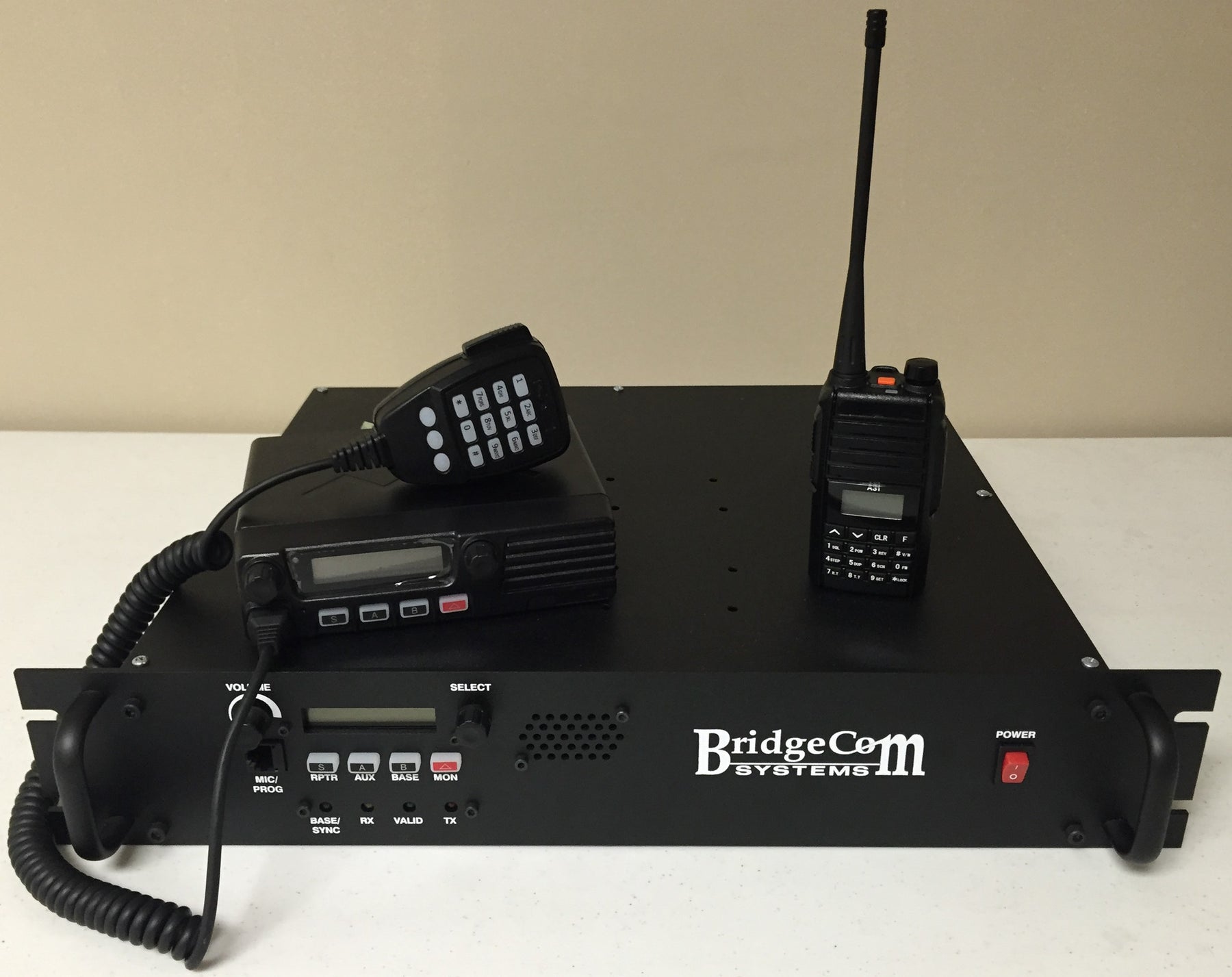Have questions? Give us a call! (816) 532-8451
Have questions? Give us a call:(816) 532-8451
Great choice! Welcome to the exciting world of digital radio.
Have questions? Give us a call! (816) 532-8451
Have questions? Give us a call:(816) 532-8451

 220 MHz amateur radio boasts of a long and colorful history, affording it a special place in the hearts of amateur radio enthusiasts.
220 MHz amateur radio boasts of a long and colorful history, affording it a special place in the hearts of amateur radio enthusiasts.
Conceptually, amateur radio repeaters are not too different from public safety devices (fire, first response, police) or those in use at federal, business or military services. However, they are often assembled (power supplies, transmitter, receivers, antenna etc.) or commercially packaged to operate only within amateur RF (radio frequency) bands, like 222-224.995 220 MHz band.
History
The Federal Communications Commission (FCC) approved VHF bands as early as 1938, one of them being 1.25 meters (224 MHz) band. Amateur radio activity spiked rapidly in 1960s and 1970s, as 2m and 70cm bands swiftly rose to prominence in the hobby. The commercial spectrum of the VHF and UHF bands became the backbone of emergency service communications like police, fire and ems. The 1.25m band however, escaped the commercial popularity - partly due to lack of enough commercial frequency allocations. Add to it, commercial radio equipment for the band has been scarce. Amateurs willing to go live on this band have had to build their own equipment or buy specialized amateur radio equipment from designated manufacturers.
Today, the 1.25m or 220 MHz band VHF radio spectrum is universally recognized and reserved for amateur radio use. Primarily available from 222 to 225 MHz, with 219 to 220 MHz for secondary local communications and data. The recent increase 220 MHz amateur equipment and repeaters, like the BridgeCom System BCR-220, have sparked a recent resurgence in band interest.
Why does 220MHz need a repeater?
To understand the need for repeaters for VHF bands, it is important to know the science of radio transmissions. High frquency (HF) radio waves bounce off upper atmospheric layers, allowing them to transmit a fairly long distance (albeit with losses).

However, VHF and UHF frequencies are potent enough to pass through, which makes them essentially line-of-sight frequencies.

The only problem is, several natural and artificial barriers tend to impede their progress. Hence repeaters mounted on tall buildings or a high altitude locations act to reinforce the signal quality and improve range.

It is important to have different frequencies for transmitting and receiving signals - to ensure that both kinds of communications do not interfere. Additionally, it is recommended to keep the signals short, in the vicinity of 30 seconds to ensure that there is enough allowances for emergency signals, although sometimes transmissions up to 3 minutes are allowed.
Amateur Radio Repeater Coordinators however, are essentially volunteering groups - given no official jurisdiction or control over a frequency band controlled by the FCC.
220 MHz repeater - questions and concerns
Despite high traffic across some pockets of the United States (namely major metros in states like New York, New Jersey, Texas, Washington and California) - the 220MHz band has historically seen less traffic and activity. This could be due to the lack of easily modifiable equipment for amateur use means, the hams have to rely on specialized equipment manufacturers like Wacom, Icom, Sinclair, BridgeCom Systems, or Chinese makes like Baofeng and Wouxun.
There is also a small matter of the band pair 70cm/2m not being harmonically compatible with 220MHz. Neither is the antenna designed for the band pair resonant at 1.25m. It does enhance the risk of accidental damage owing to unmatched frequency transmission load. However, the rise in interest has led to refining custom solutions like the GE Mastr II High-Band mobile. It requires considerable refining (modification) of the receiver, additional band pass filters, to filter the transmitted signal, and other electronics to ensure the device performs as expected.
Other than the scientific aspect, there have been other hurdles. Recently the amateur enthusiasts from the USA and Canada lost 220-222 MHz to commercial use, originally to UPS. However, UPS eventually chose other open spectrum while 220-222 remained open for commercial use, for example PTC (Positive Train Control Data). The 220 MHz band invites some amount of hesitation owing to its variable past history where it has suffered multiple allocations and reallocations, division, or placement for secondary usage.

In the U.S. with FCC auctioning licenses for commercial use, things have been better. UPS never quite used the 220-222 MHz band and amateurs are pushing for re-claiming or at least maintaining the band. With none of the super-narrowband digital communication companies showing particular interest, it appears that the entire 222-225 MHz band is yet again up for ham activity.
Advantages of 220Mhz repeater
The limited access to commercial equipment does not always mean bad news. The 220MHz repeaters have some distinct advantages over those designed to operate for 2m/70cm pair:
Increased traction of Amateur radio and ham clubs towards the 220 band naturally creates the demand for technology refinement in 220 MHz repeater space.
BridgeCom Systems BCR-220 FM Repeater System (222-225 MHz)
At BridgeCom Systems, we take this as an opportunity to offer our latest repeater to the amateur radio market, the BCR-220 Repeater. With a built-in 10A power supply and solid 13.8V output (with battery back up and in-built charging unit) this repeater packs solid RF power. It is Dual fan-cooled, has a built-in controller for CWID and tone decoder/encoder, LCD display and 30 watt continuous duty power for the 1.25m band. This makes the BCR-220 repeater one of the best available in the amateur radio space. A must-have for your personal or club use.
Learn more about it here or Call us today at 816.532.8451
Comments
Leave a comment